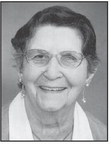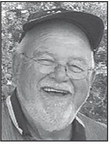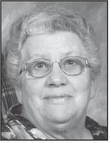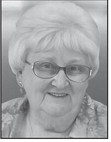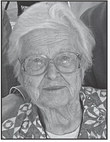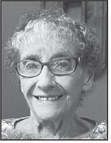Village of Spencer approves tree inventory project
The village of Spencer has approved an agreement with the University of Wisconsin- Stevens Point that promises to be a win-win for the village and college students interested in studying tree health. Students will complete a community tree inventory and management plan for the village, as the capstone project for their urban forestry class.
The project is made possible through a partnership between the university and the Wisconsin Department of Natural Resources (DNR); there is no cost to the village. The village will be able to use the data collected and recommendations given to apply for a DNR Urban Forestry Grant, if it so chooses.
The urban forestry class consists of about 45 students, split into 11 groups. Each group will come up with a tree management plan for the village. From there, Professor Rich Hauer will select the best two or three plans to recommend to the village.
“We’ve been working with the DNR to inventory tree populations and, at the end of the day, come up with a management plan or operations plan for your tree population, so basically, how to improve your community. And it could look like tree planting (or) it could be with trees you already have and what recommendations do we have to provide to you for how to better take care of your trees,” said Hauer, who attended the Feb. 13 village board meeting along with about 10 of his urban forestry students.
“We look at all trees on your public right-of-way. It could be a lot of streets; it could be in parks. And then we assess them through what type of species, how big they are (and) their condition — are they really healthy trees or is there something about the tree that is a problem that we would recommend (addressing), because maybe structurally it’s just a tree that for safety reasons it could create damage to property or damage to people as well. So we come up with a recommendation of what it would cost to take a particular action on this,” he added.
Students will visit Spencer the week of March 6. Data collected will include the tree species; tree size as measured by the diameter at breast height, or 4.5 feet from the ground; open planting sites and if they are small, medium or large tree compatible; presence of overhead utilities; and street sight line problems.
Trees will also be assessed for pruning recommendations.
“One (recommendation) is for young trees, training. So providing that nice structural support so years down the road, this tree is structurally very solid. And that’s actually something really easy to do and really cost effective,” said Hauer.
Trees may also be pruned to provide sidewalk or street clearance; or to ensure visibility of signs or lights, or at intersections. Other types of pruning include routine pruning of the entire crown of the
Please see Tree, page 4 Tree,
from p. 1
tree, risk pruning of a limb or limbs that could cause significant damage, and training pruning for smaller or young trees.
Additionally, the students may recommend grinding current stumps or removing unhealthy trees. Other information compiled in the students’ reports will include species percentages; diameter distribution; condition classes; dollar value per tree and the population as a whole, which is helpful for receiving compensation if trees are damaged, as it provides proof of value to the citizens; estimated dollar costs for the called-for field operations; and overall community tree values in relation to storm water mitigation, pollution sequestration and landscape assessment. Students will also offer ideas on how to address the village’s ash tree population, in light of emerald ash borer (EAB) moving throughout the state and because Marathon County is known to have EAB.
One of the village board members asked the students if they were OK with board members walking along as the students did their assessment. The students agreed that would be fine. Spencer community members are also welcome to attend the students’ presentations of their tree management plans May 1 at UW-Stevens Point.
“Many communities have worked with us before and are using the information provided by the students to address community forestry needs, have completed field operations, applied for and have received Urban Forestry grants and have become Tree City USA communities,” wrote Hauer in a description of the project. The Spencer village board unanimously approved the community tree inventory and management plan project.
